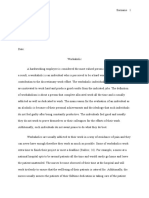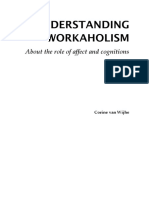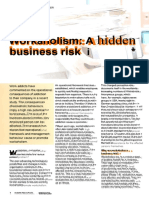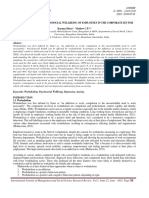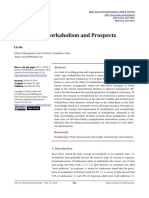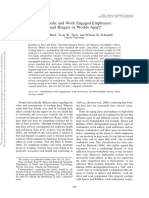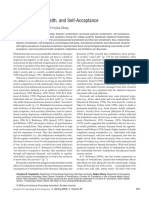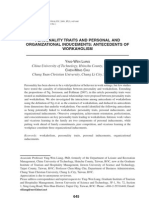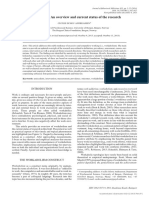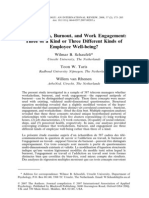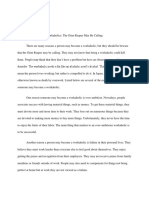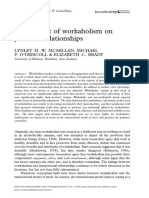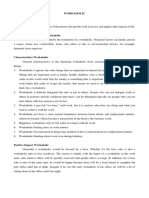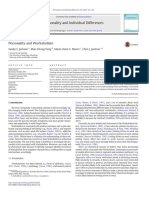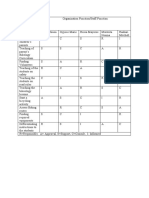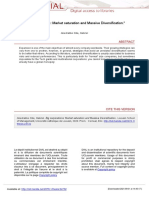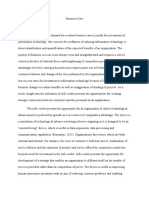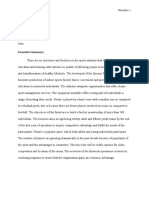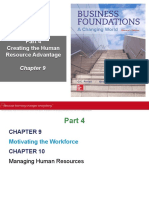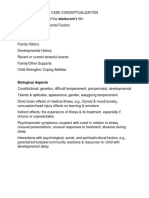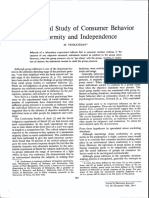0% found this document useful (0 votes)
90 views3 pagesWorkaholic
This document discusses workaholism and defines workaholics as individuals who are highly motivated to work and produce results. Workaholics derive a sense of worth from their work rather than external praise or money. They are often addicted to work as a way to avoid pain and can never feel they have done enough work. The document uses the example of nurses who become so dedicated to caring for patients that they neglect their personal lives and hobbies. While workaholism can result in positive outcomes like productivity, it can also negatively impact one's ability to regulate work habits and balance other life activities. Attitude, rather than hours worked, is the main influence of workaholism.
Uploaded by
Ignatius TisiCopyright
© © All Rights Reserved
We take content rights seriously. If you suspect this is your content, claim it here.
Available Formats
Download as DOCX, PDF, TXT or read online on Scribd
0% found this document useful (0 votes)
90 views3 pagesWorkaholic
This document discusses workaholism and defines workaholics as individuals who are highly motivated to work and produce results. Workaholics derive a sense of worth from their work rather than external praise or money. They are often addicted to work as a way to avoid pain and can never feel they have done enough work. The document uses the example of nurses who become so dedicated to caring for patients that they neglect their personal lives and hobbies. While workaholism can result in positive outcomes like productivity, it can also negatively impact one's ability to regulate work habits and balance other life activities. Attitude, rather than hours worked, is the main influence of workaholism.
Uploaded by
Ignatius TisiCopyright
© © All Rights Reserved
We take content rights seriously. If you suspect this is your content, claim it here.
Available Formats
Download as DOCX, PDF, TXT or read online on Scribd
/ 3
